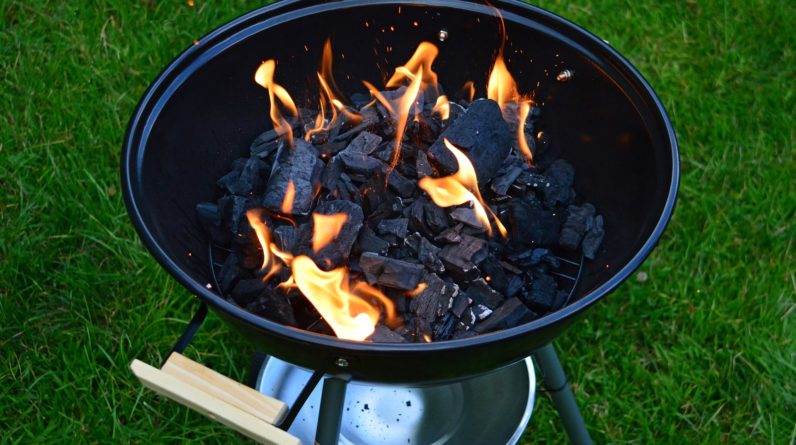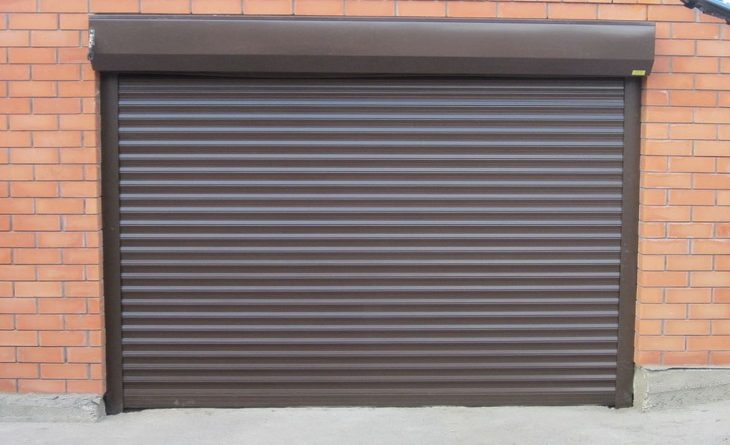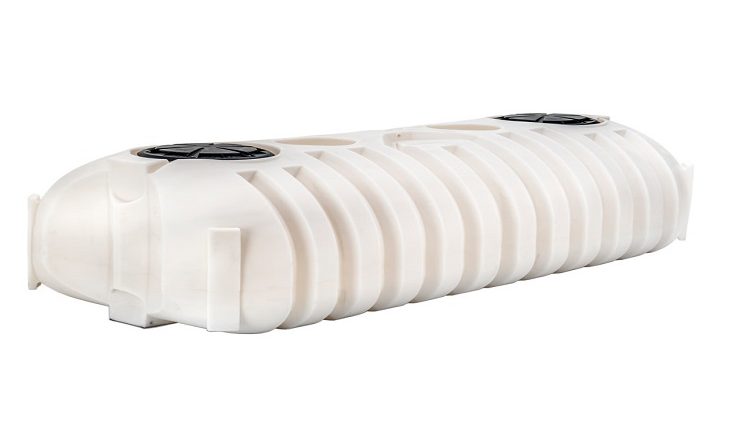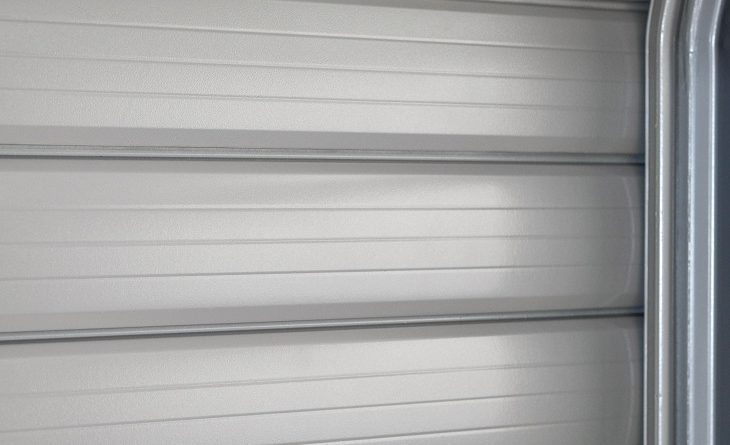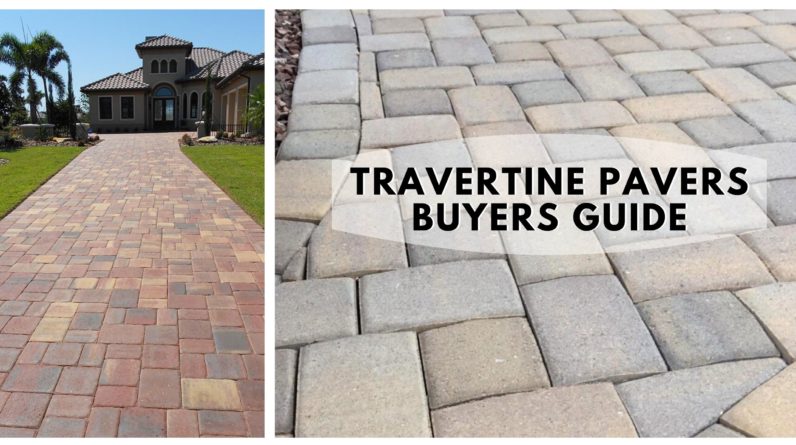
Travertine is a type of rock whose main composition is limestone. It can be identified by its appearance of concentric patterns or fibrous look, which is typical of the core material. Travertine has been used in construction for an extended period. It has become a sought after choice in the selection of materials to be used in a variety of areas like kitchen counters, bathroom tiles and even swimming pool borders.
One of the main reasons for the desirability of travertine is the fact that it is an entirely natural material.There is very little processing that is done to the stone after it has been quarried and shaped into the desired final look.
If you are interested in making use of travertine pavers, keep the following in mind as you search for the pavers that will suit you best:
Types
Travertine is an entirely natural material whose main characteristics are dictated by location. Travertine can be found in many places throughout the world. The differences in characteristics are brought about by the fact that it is formed around areas with mineral spring waters. These minerals will vary in concentration and overall composition from place to place. The rock will, therefore, take on the characteristics of the area in which it was made.
In light of this, there is a wide range of travertine pavers to be found. They are classified according to their finishes, colours and patterns. With colours like beige, gold, white and even multicoloured and finishes like tumbled or honed and chiselled, selecting the travertine pavers that would be right for you boils down to preference.
Durability
As they are purposed for outdoor use, travertine pavers are usually created with thicker dimensions than tiles that would be installed indoors. The travertine itself is a highly durable material that has been formed by nature itself. This feature ensures its longevity, especially concerning prolonged exposure to the elements. The colour on travertine pavers does not even fade with time and wear. This when compared to other materials like concrete and brick, which will lose their lustre in the same period.
Maintenance
One of the first decisions to be made in consideration of travertine paver maintenance is the choice for, or against sealing. Travertine is porous, making it easy to stain or attract dirt. Applying a sealant can make clean up easier, although it has been observed to reduce the amount of traction provided by the stone, especially when the pavers surround a wet area like a pool or pond.
Other than cleaning, however, travertine pavers do not demand substantial amounts of maintenance tasks. You must be careful as you move furniture around over the pavers as you can dig grooves into the stone. Keeping an eye on, and eliminating the presence of weeds and other plant growths within the paved areas is also crucial.
Creating the ideal outdoor environment in your home can easily be accomplished through the use of the ideal addition that is travertine pavers. Contact your local stone experts who will help you in the selection and design of the pavers that will suit your vision best. Your outdoor area will be transformed into a space where you and your family will have a hard time leaving at the end of the day.
Read also:
Travertine Pavers Buyers Guide – Types, Durability, and Maintenance
Which Tiles Should You Choose For Your Outdoor Kitchen?


